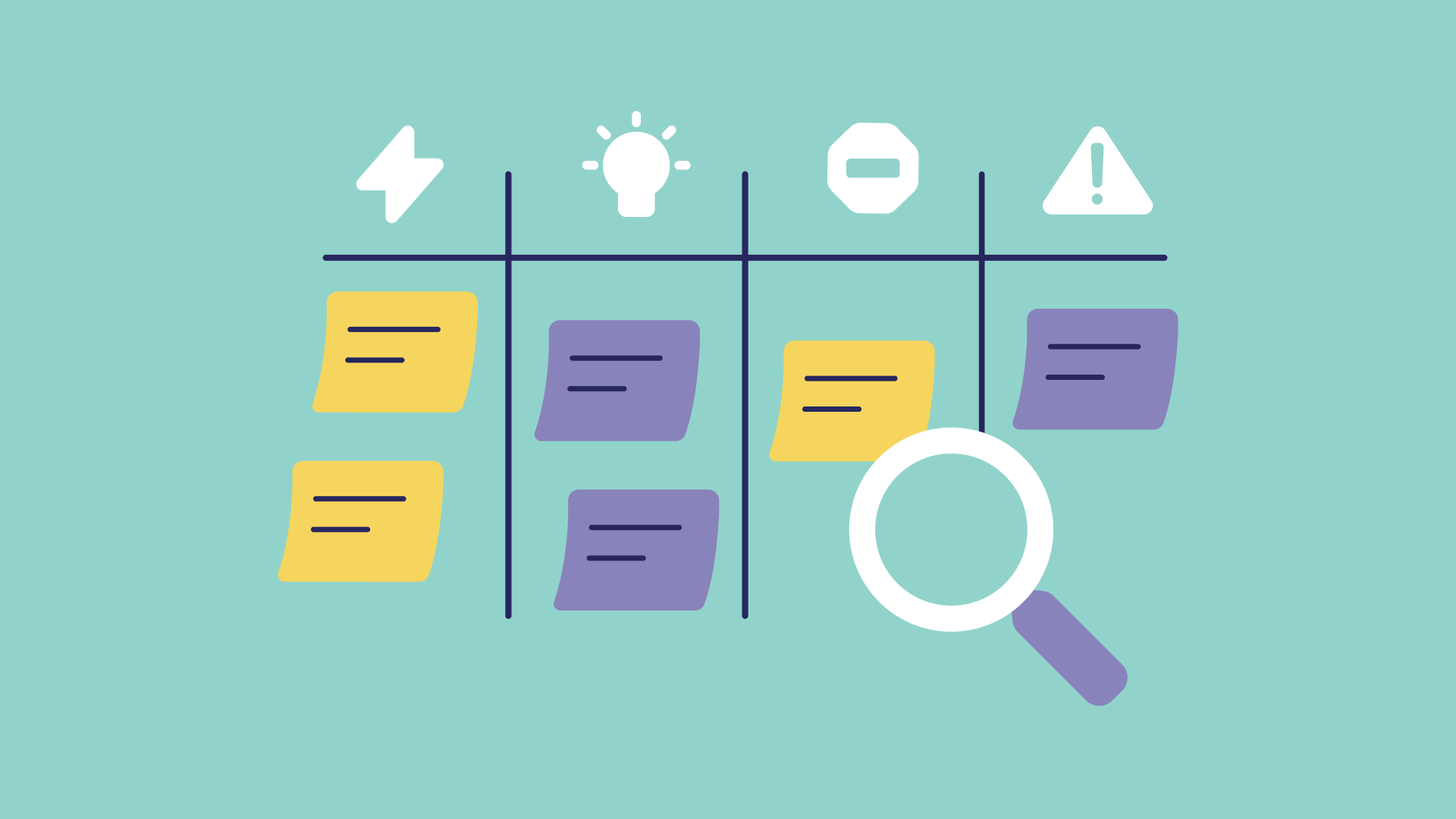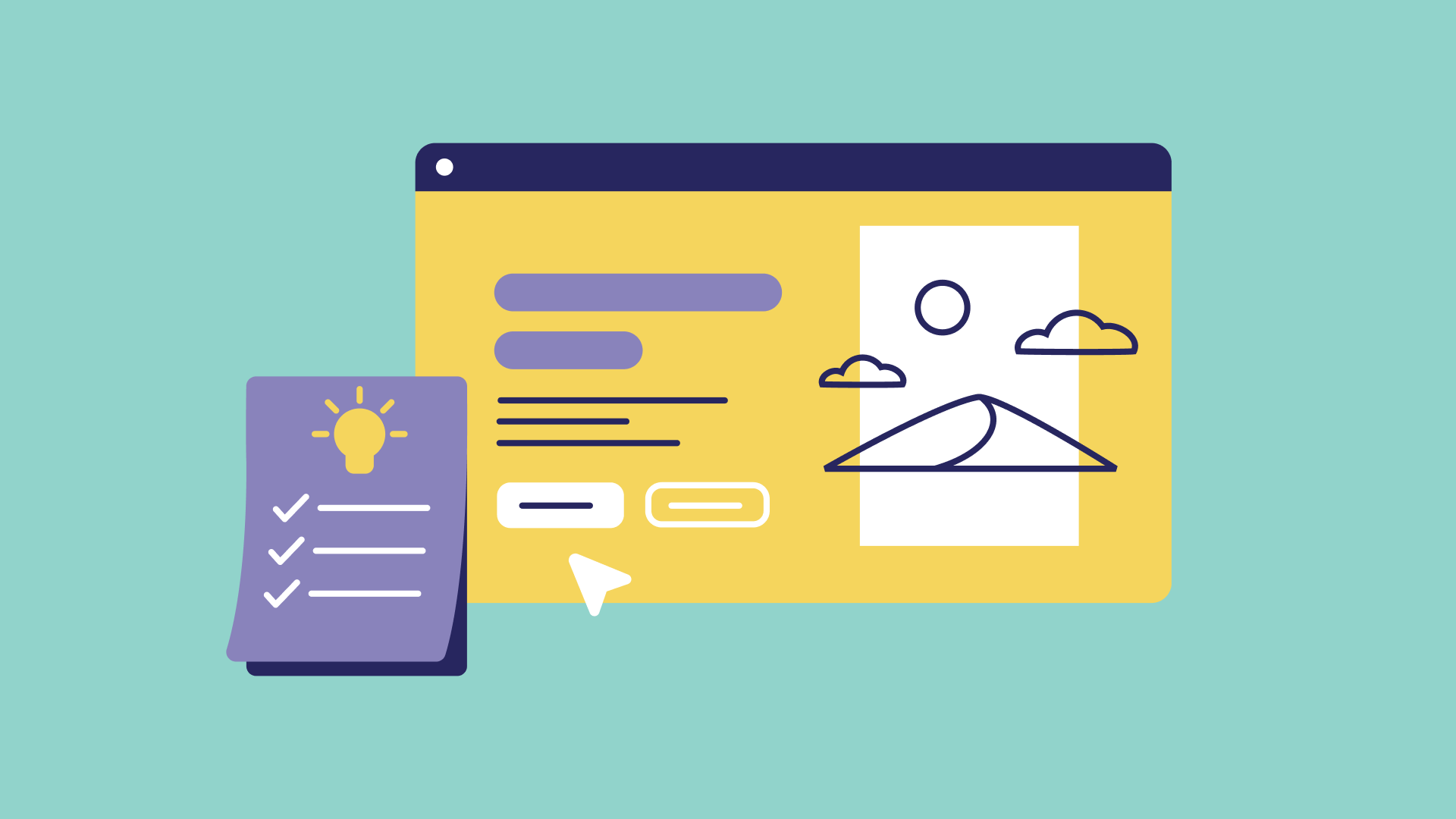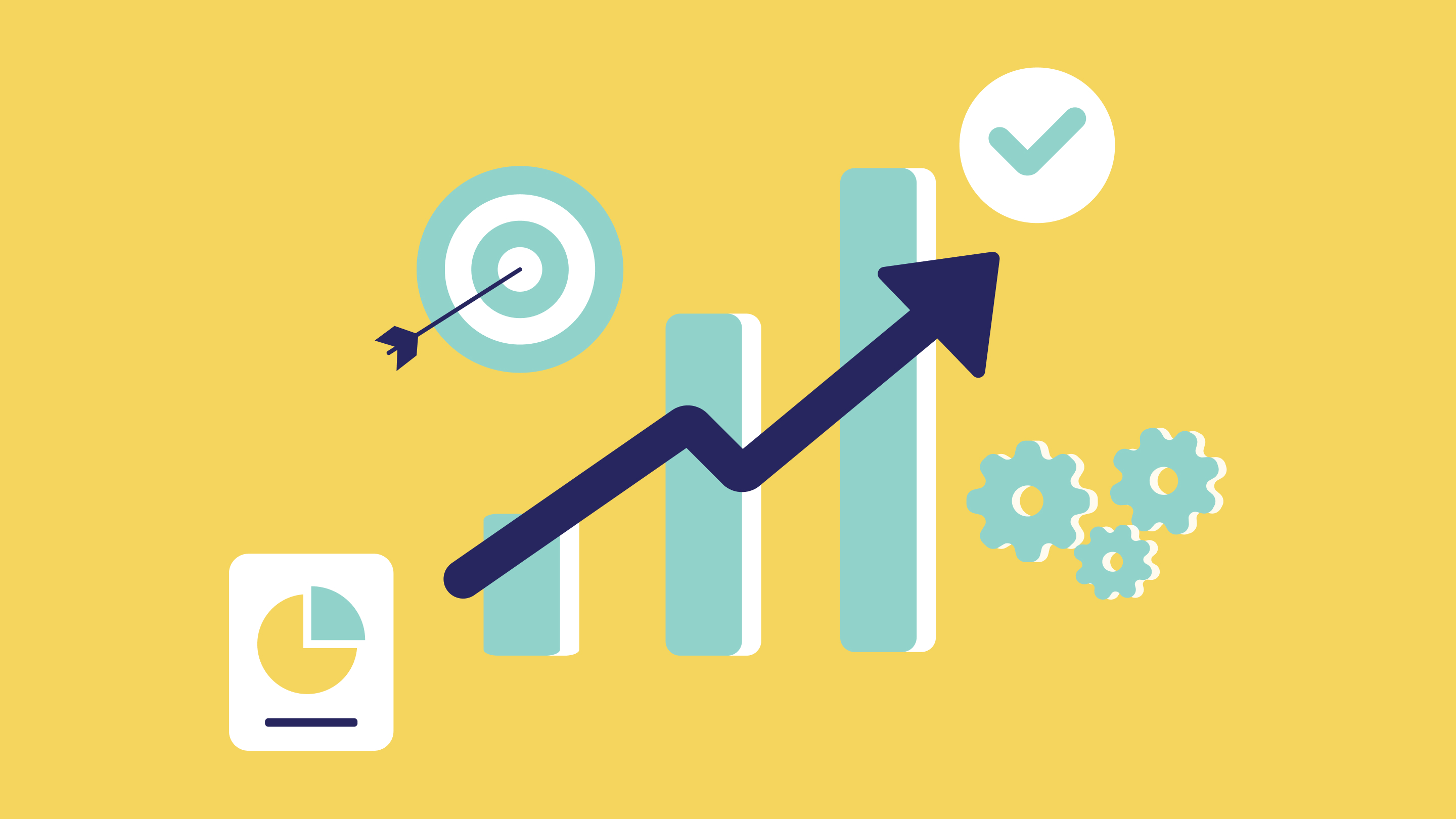
The Software-as-a-service (SaaS) model continues to gain momentum and popularity among businesses of all sizes, across all industries. SaaS provides a scalable, affordable, and efficient way for businesses to harness technology and streamline internal processes. With the rise of SaaS, the importance of business application design and interface design has grown significantly. A well-designed interface can differentiate a SaaS application and drive user engagement, leading to higher adoption rates, customer satisfaction, and ultimately, growth. In this blog post, we explore how strategic business application interface design can drive SaaS growth.

1. Design for your users' specific needs
A good interface design must cater to the specific needs of its users, making sure that it is easy to use, intuitive, and helps them achieve their goals. As a SaaS provider, you must understand who your users are and what they need from your application. This could be anything from streamlined workflows to real-time data analysis, or remote access.
Understanding user needs is the first step towards designing an appealing and effective interface. At Fikri Studio, we always do our due diligence to find out about the user needs, it's an obligation to understand it first before doing any app interface design.
2. Keep it imple
The best app UI design has a clean, functional layout, with minimal clutter and intuitive navigation. Often, users don't have time for a long learning curve or complex interfaces. Make sure that the primary functions of your application interface design are always accessible to users without much navigation. Keep the user interface so simple that your users can teach themselves to use the platform without guidance.
3. Test for Usability and Accessibility
User testing is an essential part of interface design. Ask users to test the application in different scenarios, and make sure that they are able to quickly navigate the various features. Also, consider making your application accessible to users with disabilities by using simple colour schemes, large font sizes, text-to-speech tools
4. Focus on Familiarity and Consistency
Users expect SaaS UI design to be similar to the more established applications they use. Your interface should use standard design patterns and follow common user interface design principles. Users are more likely to engage with your product if it feels familiar and comfortable to navigate. Focusing on consistency and usability will help your users engage more with your product and hasten your growth potential.
5. Offer Scalability
When designing a SaaS application, it is important to make sure that its performance remains consistent despite changes in workload. If your application can scale depending on user needs, you will be able to maintain high-quality service for all users without any hiccups or lag times. This scalability should also include the ability to store and access large amounts of data quickly, as well as the ability to handle multiple users across different systems.
Additionally, make sure your application can be easily integrated with other software and services. This will allow you to expand the capabilities of your product and provide more value to customers.
6. A/B Testing for Improved Performance
A/B testing is one of the best ways to gain insights into how well your application design works. You can compare different versions of your interface and test which one is more effective in terms of conversions, user engagement, and customer satisfaction. A/B testing can help you identify any bottlenecks or areas that need improvement before releasing a new version of your application design.
Finally, don't forget to track user feedback from all stages of your product development lifecycle. Make sure to listen to customer feedback and use it to inform changes you make to your application design. This will help you create an intuitive, user-friendly application design that meets the needs of current users and attracts new ones. By focusing on strategic application design, scalability, and A/B testing, you can ensure the success of your SaaS product and drive its growth.
Use these tips to create an intuitive and powerful application design that meets the needs of your customers. With a little bit of planning, you can ensure that your SaaS product will flourish in the ever-changing digital landscape.
7. Analyze User Behavior
User behaviour tracking is essential for successful SaaS application design. Monitoring user actions on your platform will help you identify areas that need improvement. This could include broken features, slow loading times, or usability issues.
8. Improve User Engagement
SaaS growth is often driven by user engagement, and a well-designed user interface can help drive this essential metric. Gamification, integration with social media, personalized onboarding, or an integrated chat platform can significantly enhance user engagement and retention rates. By designing the user interface to encourage active participation and provide feedback, you can enhance your end-user's experience and drive growth.
9. Use Data-Driven Design
Your interface should be designed based on user feedback and data-driven insights. Gathering and analyzing user data, UX metrics, and behavioural analytics can provide accurate insight into user behaviour, preferences, and pain points. Use this data to drive specific design changes and make user-centric decisions. Data-driven design allows you to test the success of designs by seeing their outcomes through metrics, which leads to better decision-making.
10. Test, Review, and Iterate
Testing and iteration are key aspects of successful user interface design. Testing designs regularly allows you to identify issues early on and make necessary changes before they become a problem. Having a review process with other stakeholders is also essential for creating an effective user interface. This will help ensure that the design meets the needs of both users and the business.
Lastly, be sure to continually review and iterate on your design in order to keep it relevant and up-to-date with user needs.
11. Invest Time and Resources
Designing a great user interface is an investment of time, resources, and energy. It requires careful planning, research, testing and iteration. Be sure to invest the necessary resources into your user interface design, otherwise it is unlikely to meet the needs of both users and the business. Investing in a great user experience will pay off in the long run with increased customer engagement, satisfaction, and retention.
12. Look for Opportunities to Automate
Automation can help you scale your user interface design and reduce time-consuming manual tasks. Look for opportunities to use automation tools that can help streamline processes and enable rapid iteration. Automation also allows you to quickly access data-driven insights from user testing, which can be used to inform design decisions. Automation can save time, money and effort in the long run, so it’s worth exploring.
One practical example of automation for SaaS growth can be found in customer relationship management (CRM). This involves automating routine tasks like sending follow-up emails, scheduling calls, and tracking customer interactions. For instance, a SaaS company could use a CRM tool to set up automated email campaigns that send out periodic updates, newsletters, or promotional offers to keep customers engaged.

The automation of such tasks allows the marketing and sales teams to focus on higher-value activities like strategizing and building relationships. Furthermore, the automation tool can provide valuable data insights, such as open rates and click-through rates, which can be used to further optimize the marketing strategy and ultimately contribute to SaaS growth.
Conclusion
In conclusion, by prioritizing strategic application interface design, you can unlock the full potential of your SaaS platform. A well-designed user interface not only differentiates your application in a competitive marketplace but also enhances user engagement, and retention, and ultimately drives growth.
By keeping your interface simple, focused on familiar design patterns, and utilizing data-driven design, you can effectively meet your users' specific needs and achieve success in the SaaS industry.













